-
647-234-7907
-
Hours
Mon - Sat 8am - 8pm
Best Low-Maintenance Trees and Shrubs for Southern Ontario

Creating a beautiful, low-maintenance landscape can make homeownership more enjoyable and less stressful. Southern Ontario’s climate, which includes cold winters and warm, humid summers, supports a wide variety of trees and shrubs—many of them native, hardy, and low-effort once established. This guide provides practical suggestions and examples to help homeowners invest in greenery that thrives without demanding constant attention.
Why Choose Low-Maintenance?
Homeowners value outdoor spaces that look great throughout the year with minimal pruning, watering, and pest control. Low-maintenance trees and shrubs are typically disease-resistant, tolerant of varying soil and moisture conditions, and suited to Ontario’s climate. Native species are particularly helpful—they support local wildlife, adapt seamlessly, and often fend off pests with little intervention.
Top Low-Maintenance Trees for Southern Ontario
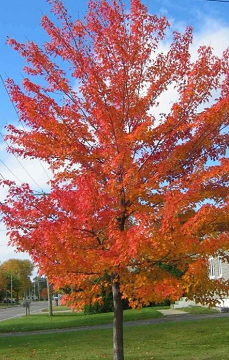
1. Red Maple (Acer rubrum) Renowned for its brilliant fall colour, the Red Maple is a versatile shade tree that tolerates various soil types and moisture levels. After being established, it only needs occasional pruning and adapts well to both urban and suburban yards.
Height: 12–25 meters
Benefits: Wildlife-friendly, hardy, beautiful in autumn
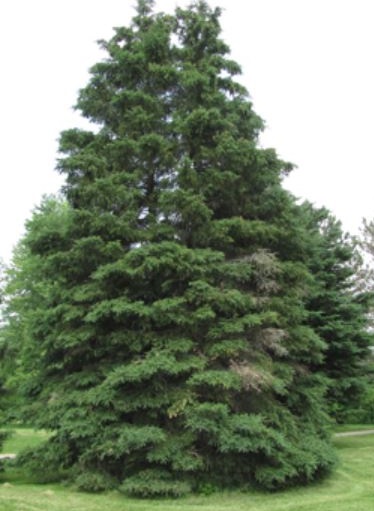
2. White Spruce (Picea glauca) White Spruce is fast-growing, reliable, and forms a dense privacy screen or windbreak. It resists most pests and diseases, needing little beyond seasonal mulch and basic watering during droughts.
Height: 15–20 meters
Benefits: Year-round greenery, minimal pruning
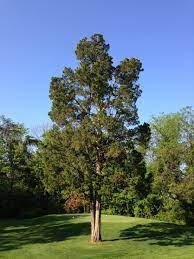
3. Eastern Red Cedar (Juniperus virginiana) This evergreen is technically a juniper and is exceptional for hedges and privacy screens. It’s drought-tolerant, copes with poor soils, and only requires occasional shaping.
Height: 10–12 meters
Benefits: Native, bird-friendly, structure for winter landscape
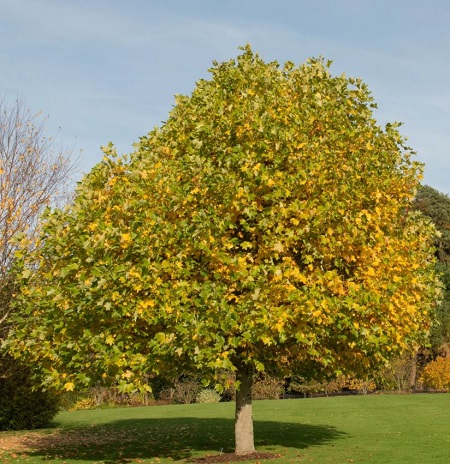
4. Tulip Tree (Liriodendron tulipifera) This native showstopper produces large, tulip-like flowers and bright green leaves. It’s pest-resistant and adapts to Ontario’s climate, providing fast growth and visual interest.
Height: 15–25 meters
Benefits: Unique flowers, rapid growth
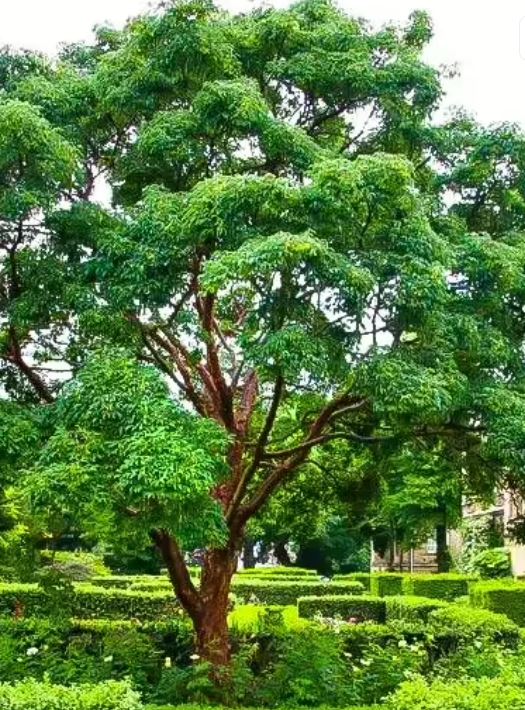
5. Paperbark Maple (Acer griseum) Smaller than typical maples, this tree is pest-free, tolerant of lean soil, and famous for its exfoliating bark and red-orange fall colour.
Height: Up to 7 meters
Benefits: Distinctive bark, reliable performer
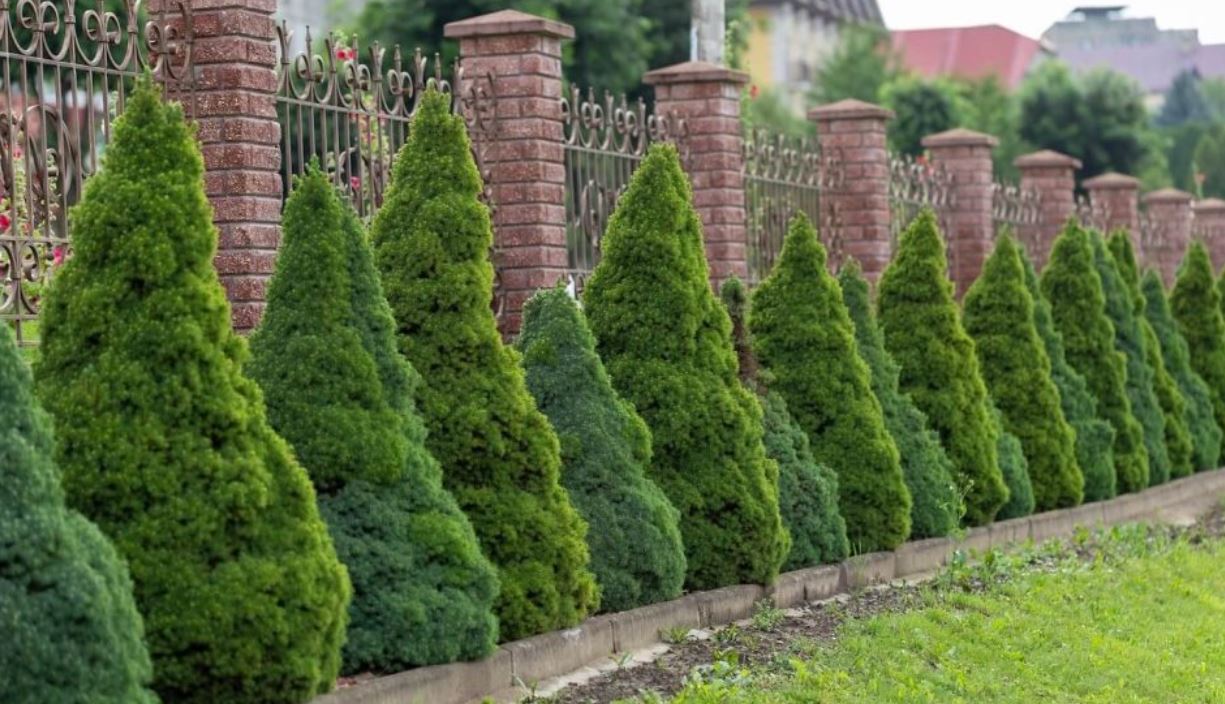
6. Dwarf Alberta Spruce (Picea glauca 'Conica') A slow-growing, compact evergreen, this spruce suits smaller yards and foundation plantings. It survives harsh Ontario winters with little trouble and requires minimal trimming.
Height: 2–2.5 meters
Benefits: Conical shape, fits tight spaces
Best Low-Maintenance Shrubs for Southern Ontario
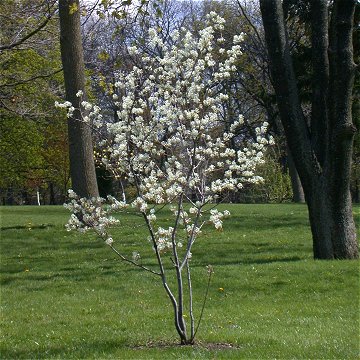
1. Serviceberry (Amelanchier arborea) Serviceberry offers year-round appeal: spring flowers, edible berries, and attractive foliage. Maintenance is straightforward—just prune after flowering and provide mulch.
Height: 3–8 meters (multi-stemmed)
Benefits: Attracts pollinators, edible berries
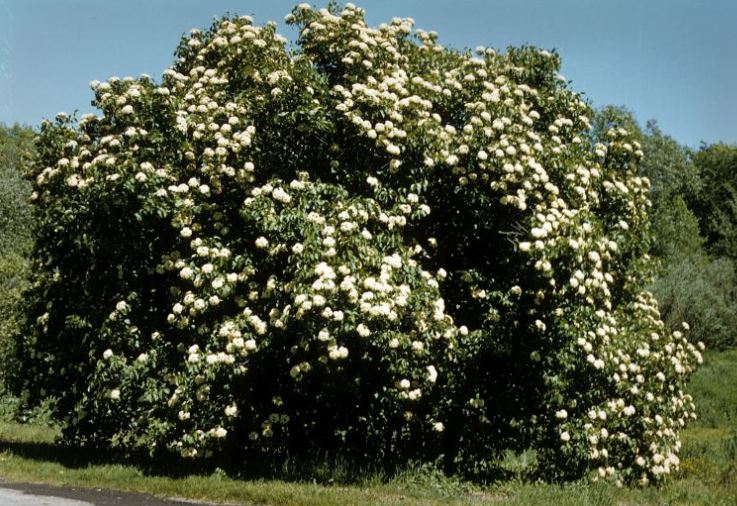
2. Nannyberry (Viburnum lentago) This native is prized for seasonal interest and easy care. It tolerates part shade and sun, offers showy flowers and nutritious berries for birds, and handles different soil conditions.
Height: 2.5–6 meters
Benefits: Multi-season, supports wildlife
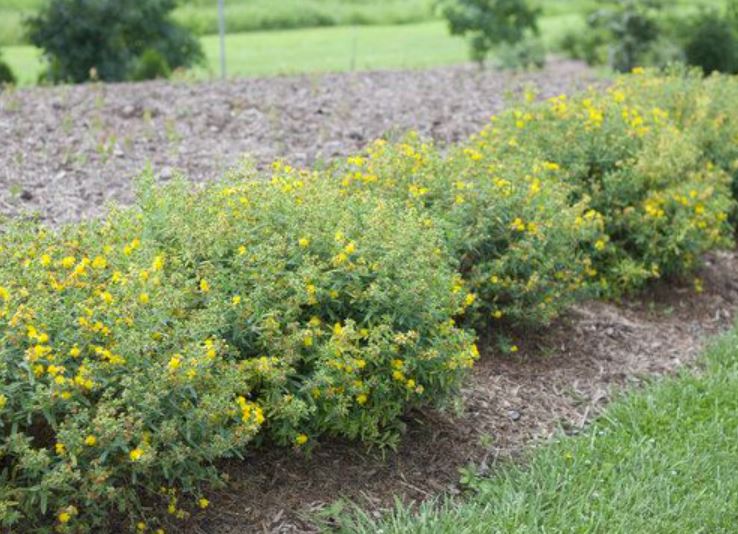
3. St. John's Wort (Hypericum kalmianum) Compact and bushy, this shrub features copious yellow flowers in summer and needs little pruning. It’s both drought and salt-tolerant, making it ideal for borders and sunny spots.
Height: 0.9 meters
Benefits: Flowers for pollinators, tough in poor soil
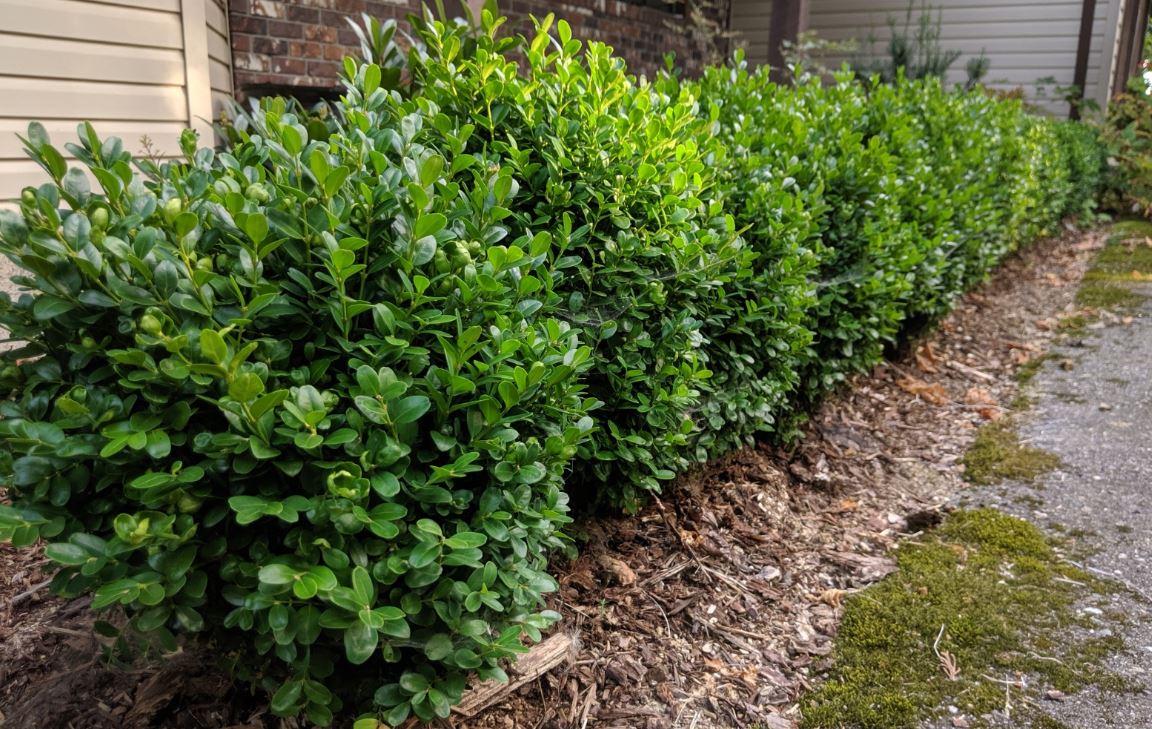
4. Boxwood (Buxus sempervirens) Boxwood is a classic hedge and foundation shrub in southern Ontario. It’s slow-growing, deer-resistant, and responds well to pruning, needing minimal pest management and occasional shearing.
Height: 1–2 meters
Benefits: Uniform foliage, flexible design
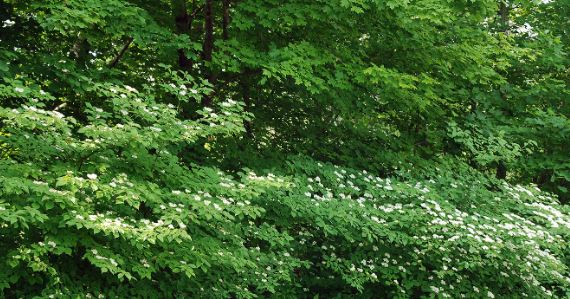
5. Dogwood (Cornus alternifolia, Cornus sericea) Alternate-leaved Dogwood and Red Osier Dogwood are beautiful native shrubs with striking bark. They tolerate shade and moist soil and require little more than pruning for shape.
Height: 2–3 meters
Benefits: Red stems for winter interest, erosion control
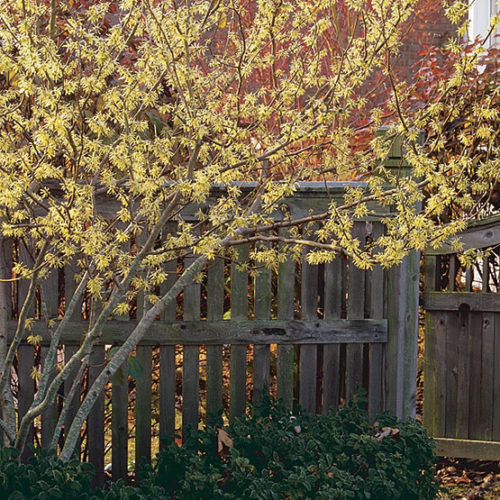
6. Witch Hazel (Hamamelis virginiana) Able to grow as a large shrub or small tree, witch hazel blooms vibrantly in late fall. It’s shade-tolerant, copes with pollution, and doesn’t require specialized care.
Height: 4–10 meters
Benefits: Fall flowers, urban-resilient
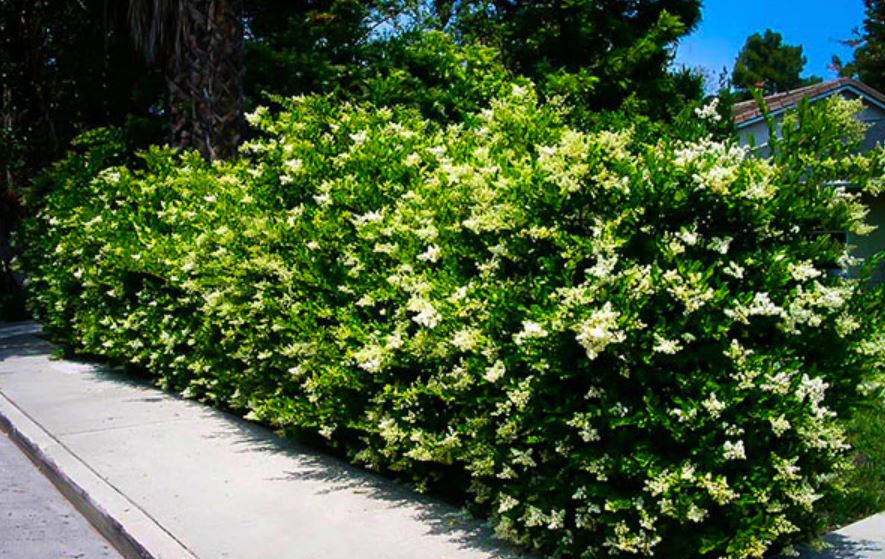
7. Privet (Ligustrum) Privet hedges establish quickly and are highly durable, with little required beyond shaping. They’re suitable for sunny or partially shaded spaces and provide privacy and structure.
Height: 1–4 meters
Benefits: Fast-growing, easy to trim
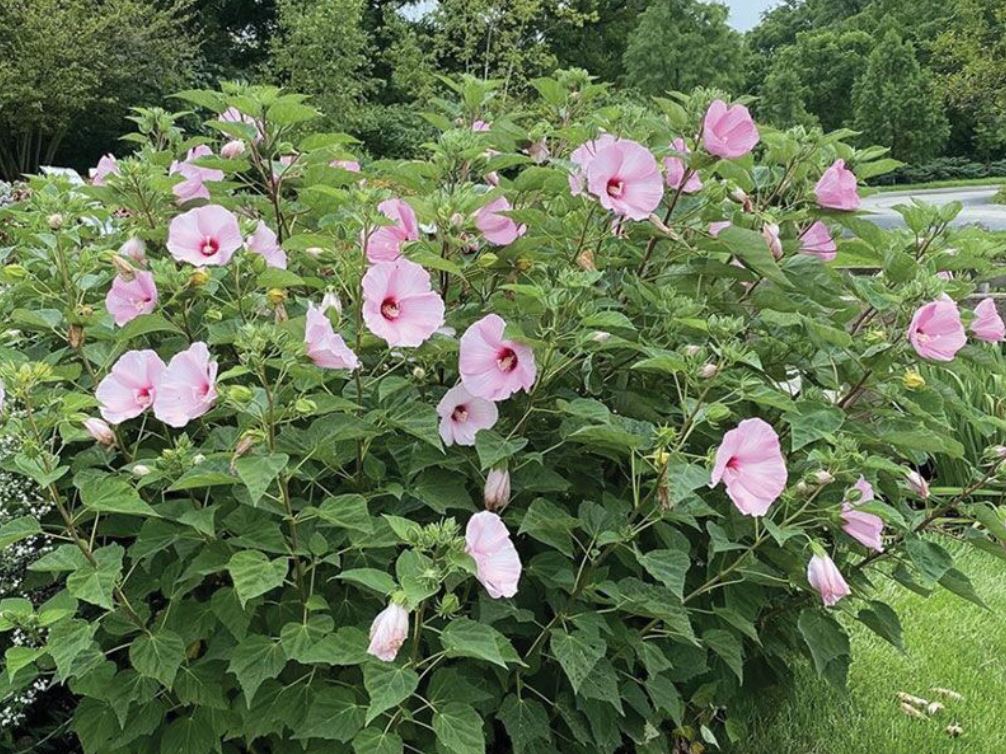
8. Rose Mallow (Hibiscus moscheutos) Though it looks exotic, Rose Mallow is a native to Ontario, producing massive flowers in mid to late summer. Simply leave it alone during winter—new growth emerges in spring, and maintenance is simple.
Height: 1–2 meters
Benefits: Stunning blooms, attracts wildlife
Planting and Care Tips
Low-maintenance does not mean “no maintenance.” To help your trees and shrubs thrive:
Mulch with compost each spring for moisture retention and weed control.
Water consistently until roots are established (first one to two years), then only during prolonged droughts.
Prune annually to maintain shape and remove damaged or diseased branches.
Choose locations with appropriate sunlight and soil types as advised for each species.
Native species are particularly resilient, adapting to southern Ontario’s climate and often surviving on rainfall alone after initial establishment. Grouping plants with similar water and light needs further reduces ongoing effort.
For southern Ontario homeowners, choosing low-maintenance trees and shrubs means more time relaxing and less time working outdoors. Native options like Red Maple, White Spruce, Serviceberry, and Nannyberry offer year-round beauty and ecological benefits. Evergreen choices such as Dwarf Alberta Spruce and Eastern Red Cedar supply reliable structure. Hardy shrubs like Boxwood, St. John’s Wort, Dogwood, and Witch Hazel require few interventions and help gardens look healthy even during the toughest seasons.
With careful selection and a few simple care routines, it’s easy to cultivate a vibrant, low-maintenance landscape that enhances property value and supports local biodiversity
